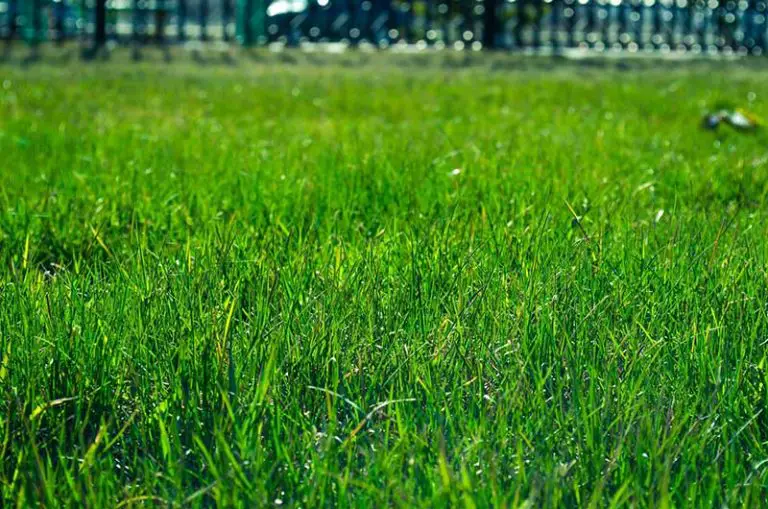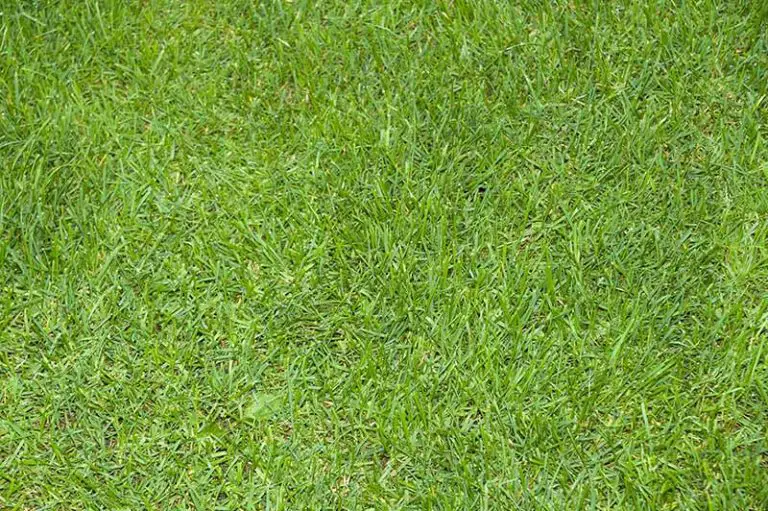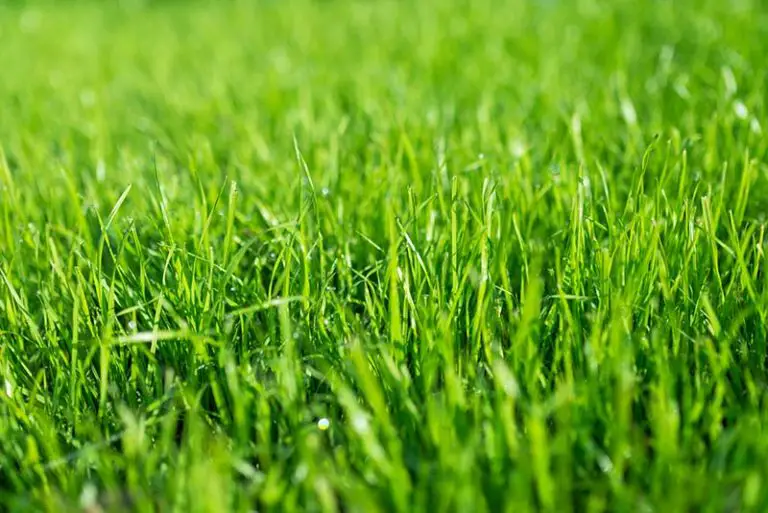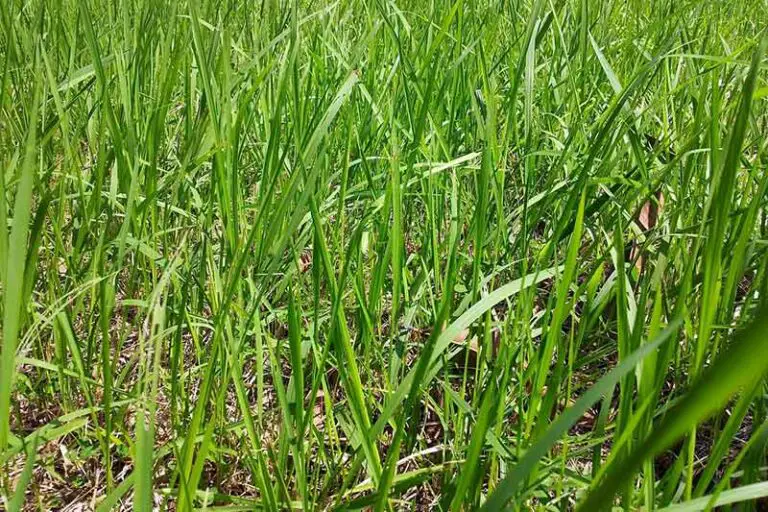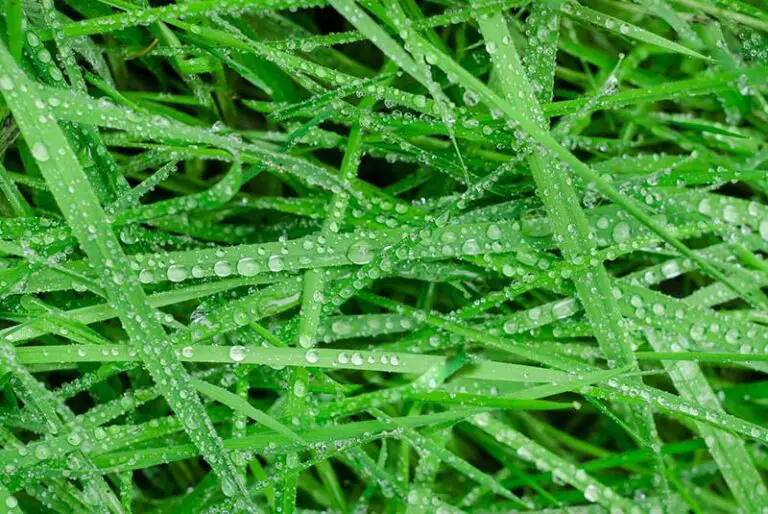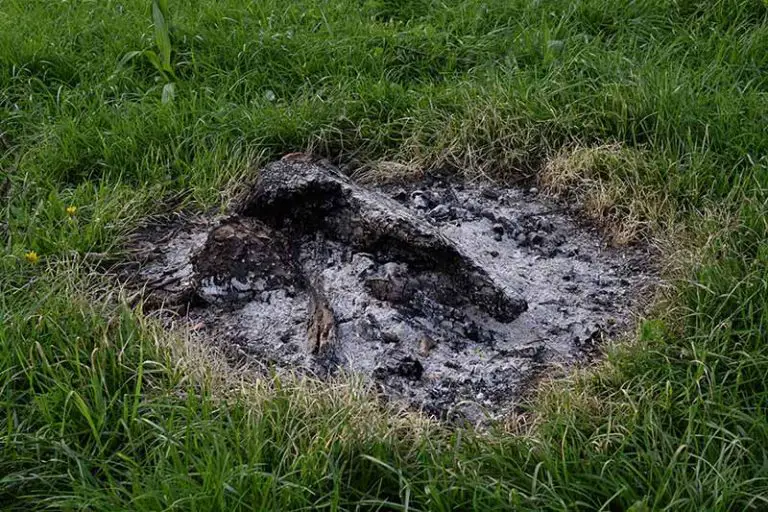When is the Best Time to Lay Sod?
While seeding has quite specific requirements in terms of timing, sod offers much more flexibility in this respect. When seeding, you must plant the grass during its period of most active growth for success. As the grass in sod is already-mature, timing is not as much of an issue with this method of planting.
The best time to lay sod is in the spring or fall, depending on whether you’re planting cool-season or warm-season grass. For cool-season grasses, fall planting is ideal, while warm-season grasses perform best when planted in the spring. With that said, you can essentially lay sod at any point in the year, with the only exception being when the ground is frozen solid.
When is the Best Time to Lay Sod?
Generally speaking, the best time to lay sod is either in the spring, or during the late summer to early fall. The exact best time to lay your sod will ultimately depend on the type of grass you’re trying to grow and the area that you live in. For best results, you should lay your sod during the period of most active growth for your chosen grass type.
If you live in the northern regions of the US and you’re planting a cool-season grass type, the best time to lay sod is during the late summer to early fall. At this time of year, temperatures are warm enough, without being too warm, to promote the healthy establishment of your cool-season grass. Common cool-season grasses include Kentucky bluegrass, perennial ryegrass, and tall and fine fescue.
If you live in the south and you’re planting warm-season grass, spring is the best time to lay sod. These grasses prefer the warmer temperatures at this time of year and will therefore establish best when planted in spring. Common types of warm-season grasses include Bermuda grass, bahia grass, centipede grass, and St. Augustine grass.
Aside from these optimal times, you can install sod at almost any point throughout the year. Comparing seed vs sod, seeding requires specific planting times, while sod is much more flexible in this respect. This is due to the fact that the grass in the sod is already-mature and will be able to better withstand planting outside of its period of most active growth. With that said, for best results, you should lay your sod during the period of most active growth for your specific grass type.
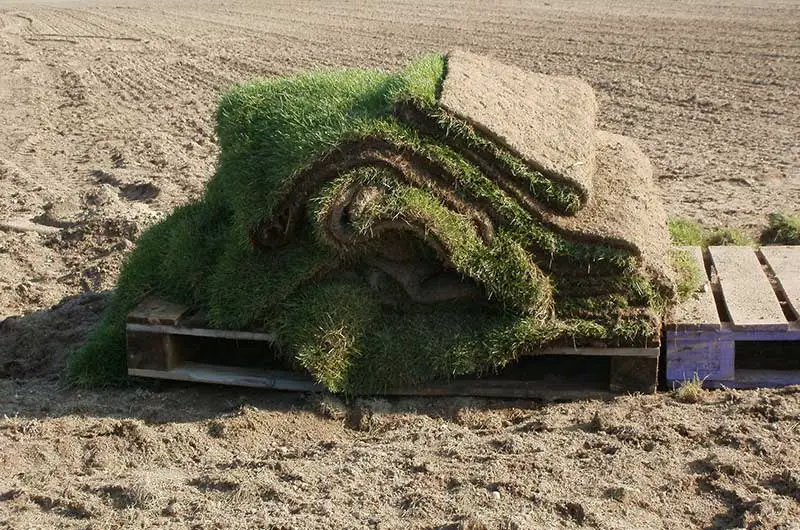
What is the Best Temperature to Lay Sod?
The best temperature to lay sod is when consistent air temperatures fall somewhere between 55 and 80°F. Again, the exact answer to this question depends on whether you’re planting cool-season or warm-season grass.
The best temperatures to lay cool-season sod fall in the range of 55 to 65°F. For those in the north, this means that you should lay your sod at some point between October and November.
The best temperatures to lay warm-season sod are in the range of 65 to 80°F. This makes March and April the ideal times of year to lay warm-season sod if you live in the south.
What Temperature is Too Hot to Lay Sod?
No temperature is necessarily too hot to lay sod. Even in the most scorching temperatures of summer, you’ll be able to lay sod without much of an issue; this is providing you keep up with a meticulous watering schedule to prevent the sod from drying out at any point. Water regularly throughout the day to keep the top few inches of turf consistently moist throughout periods of hot weather.
What Temperature is Too Cold to Lay Sod?
When daytime temperatures fall consistently below 32°F, i.e. freezing point, it will be too cold to lay sod. Frozen soil is essentially the only condition that makes laying sod unsuitable as it prevents the grass roots from knitting into the underlying turf. If temperatures are low enough to cause frost, you can still lay your sod; frost and cold won’t kill the sod as long as the ground isn’t frozen. With that said, you should still avoid walking on frosted sod, as this will likely damage the grass.
When is it Too Late to Lay Sod?
The answer to this question depends on where you live. If you live in an area that experiences freezing winters, it will be too late to lay sod beyond the beginning of November. However, if you don’t live in an area that experiences freezing winters, you can lay sod at any point in the year.
Will Frost Kill Sod?
Frost will not kill sod, nor will freezing temperatures after the sod has been installed. This differs from grass seedlings which are very vulnerable to frost and cold temperatures. As the grass in sod is already-mature, it is better able to tolerate stressful conditions such as frost and freezing. The grass will simply enter a state of dormancy, turning brown until temperatures are warm enough for it to green back up.
Can You Lay Sod in the Spring?
Yes, spring is one of the best times to lay sod, particularly if you’re planting a warm-season grass type. The warming temperatures at this time of year are ideal to promote the growth of the sod’s roots into the planting area.
Tips for Laying Sod in the Spring
- Hold off on laying your sod in the spring if there’s any chance of a cold snap or freeze.
- On hot days, remember to add extra water to your sod to prevent the roots from drying out.
- Add less water to the areas of the sod in the shade to reduce the risk of fungal disease.
- Use a fertilizer with a suitable ratio for spring to promote the healthy root development and establishment of your sod.
Can You Lay Sod in the Summer?
While you can lay sod in the summer, this is one of the worst times of year to do so. If you live in the north, this is the slowest period of growth for your cool-season grass. If you live in the south, this is the most active period of growth for warm-season grass; however, these areas are more likely to see high temperatures that may cause your new sod to dry out.
Tips for Laying Sod in the Summer
- Take extra care to keep your new sod consistently moist throughout the first few weeks after laying it in the summer.
- At the same time, be careful not to overwater your sod to avoid encouraging the development of fungal disease.
- Water your new sod early in the morning, then again in the midday and early afternoon to ensure it doesn’t dry out.
- Add less water to areas in the shade to further reduce the risk of disease.
- Fertilize your sod using a fertilizer with a suitable summer fertilizer ratio.
Can You Lay Sod in the Fall?
Yes, you can lay sod in the early to mid fall. This is the best time to lay sod, especially if you’re growing a cool-season grass type. At this time of year, temperatures have cooled down enough from summer while still being warm enough to promote healthy root development. There is a plentiful amount of rainfall at this time of year which will help to keep your sod moist. Also, laying sod in the fall will allow enough time for your grass to become established before winter.
Tips for Laying Sod in the Fall
- As it’s likely that you’ll experience rainfall at this time of year, make sure to factor this into your watering schedule.
- Don’t leave it too late to lay sod in the fall; you want to leave enough time before the first frost of winter sets in.
Can You Lay Sod in the Winter?
Although this isn’t the optimal time of year for installation, it is possible to lay sod in the winter. If you choose to lay sod in the winter, don’t be alarmed if the grass turns brown and appears dead; despite this appearance, the grass isn’t dead, but simply in a state of dormancy. This is a survival mechanism similar to hibernation that allows the grass to survive through periods of cold weather. Once temperatures warm back up in spring, the turf will regain its green color and growth.
Tips for Laying Sod in the Winter
- Even when the grass is in a dormant state, you’ll need to water the sod throughout winter to keep it alive.
- Don’t worry about the grass turning brown over winter; your sod will green back up in spring providing you keep up with your regular watering schedule.
- Avoid laying sod when the ground is frozen.
Can You Buy Sod All Year Round?
You can buy sod at any point in the year if you live in an area with moderate temperatures. This includes winter, but take note that the sod will arrive brown and dormant at this time of year. However, you won’t be able to purchase sod in the winter if you live in an area that sees freezing temperatures at this time of year; it isn’t possible for the farmers to harvest sod when the ground is frozen, meaning it won’t be available for purchase once the winter freeze sets in.

